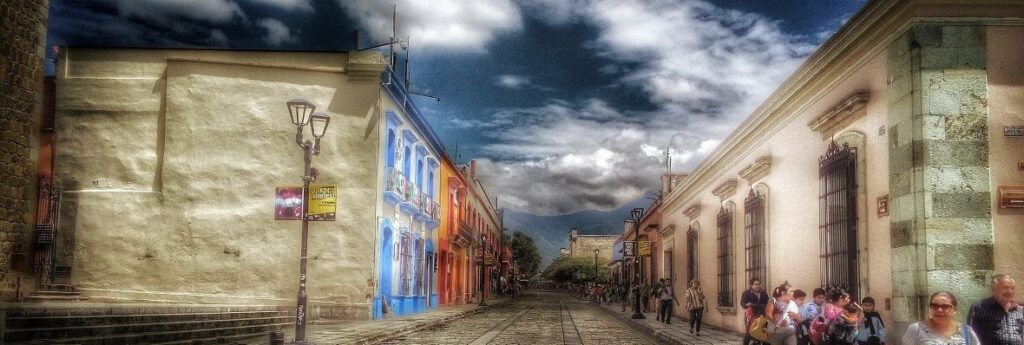Tourists have been warned to steer clear of Mexico’s beloved colonial-era city Oaxaca, whose mayor has made a desperate public plea for federal authorities to declare a public health emergency over the mounds of uncollected garbage piling up in the city’s cobblestone streets.
Normally awash with visitors and known for its green-tinged stone buildings and vast culinary offerings, Oaxaca was left hamstrung after a neighbouring town closed down a garbage dump that had taken the city’s refuse for decades.
With no place to take the trash, authorities in Oaxaca have desperately tried to find alternatives, including trucking vast amounts of garbage to a landfill in the neighbouring state of Puebla. It is the biggest crisis the tourism-dependent city has faced since a coalition of radical groups took over the city for months in 2006.
“Clearly, we are experiencing a state of emergency, and that has led us today to take the decision of asking for this to be declared a health emergency,” Mayor Francisco Martinez said late last week.
The trash war heated up Friday, when the governor of the neighbouring state of Puebla, Miguel Barbosa, said he wouldn’t accept any garbage from Oaxaca.
The problem began in October, when Zaachila, a neighbouring town that has received Oaxaca’s garbage for decades, got tired of it and got authorities to close down the landfill there.
Since then, city authorities have been in a desperate race to find a new site to dump the tons of accumulating trash that is piled along roadsides, traffic medians and parks, even in the city’s iconic, restaurant-ringed main plaza, the Zocalo.
Alessandro Giorgi, 25, a Swiss-born teacher and blogger, who visited around the end of the Day of the Dead holiday, said he was shocked by the piles of garbage he found in the city’s picturesque, restaurant-ringed main plaza.
“I literally got to the corner (of the main square) and I find about 50 kilos of garbage,” said Giorgi, who has previously visited the city. “The problem is that a tourist, or someone from outside Oaxaca, doesn’t know there is such a serious garbage problem,” Giorgi said.
It is not quite clear what effect declaring a health emergency might have; it probably won’t solve the garbage problem.
Federal authorities have been saying for years that the Zaachila dump the city used to use was a source of pollution and had been inadequately operated.
It appears that liquefying garbage was allowed to seep into soil, despite requirements that there should be waterproof layers laid under landfills to contain such seepage. Federal tests found arsenic and other contaminants in the soil near the site several years ago.
Oaxaca depends largely on tourism that features the centuries-old city centre, and surrounding villages with handicraft production and pre-Hispanic ruin sites.
But recent events in cities like Rome and Naples show that historical cities around the world are not immune to trash problems, frustrating tourists and local residents alike.
“You expect to find traditions like Day of the Dead, very special Mexican things in Oaxaca,” Giorgi said, “and what you find is kilos of garbage, and that seems very wrong to me.”

